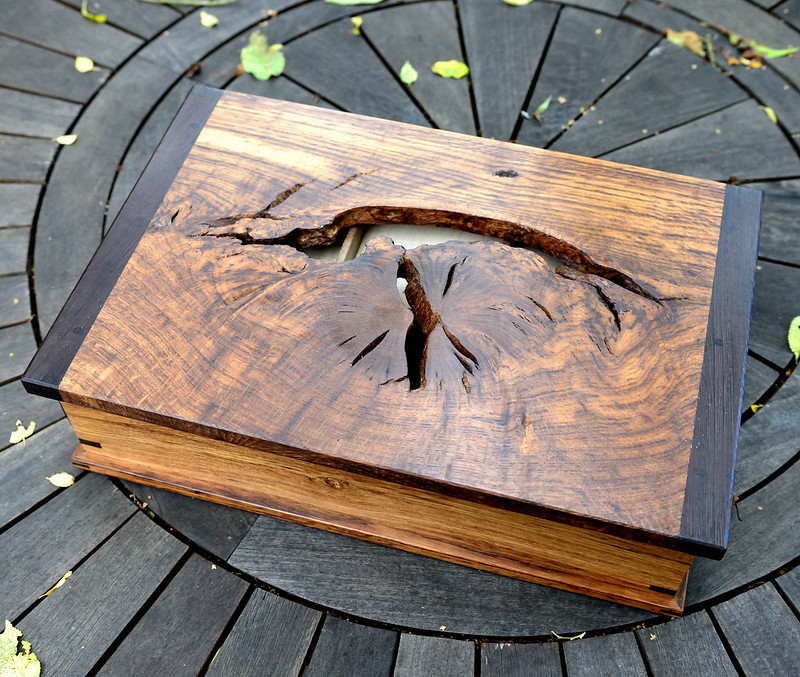mini670
New member
Hi there forum,
Im new here, hi, looks like a good forum.
Ok so i have been messing about with a piece of waney Oak, its cracked along its length so been putting butterflys in.... However near one edge is a big knot, one half had gone a bit soft and crumbly so i carved it out. Overlapping into this knot is one side of a butterfly.
I'm really unsure how to make this looks good. Been toying with resin (never used it before), but worried it would look funny since it is quite an expanse.
If anyone could offer any ideas id appreciate it muchly.
See photos below
Thanks


Im new here, hi, looks like a good forum.
Ok so i have been messing about with a piece of waney Oak, its cracked along its length so been putting butterflys in.... However near one edge is a big knot, one half had gone a bit soft and crumbly so i carved it out. Overlapping into this knot is one side of a butterfly.
I'm really unsure how to make this looks good. Been toying with resin (never used it before), but worried it would look funny since it is quite an expanse.
If anyone could offer any ideas id appreciate it muchly.
See photos below
Thanks









































